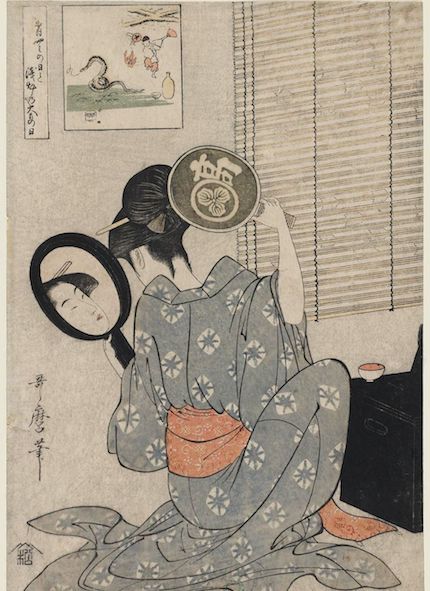Japan has always had a significant impact on Western art and continues to do so today. The artists drew inspiration from every aspect of the Japanese artistic tradition, from ukiyo-e woodblock prints to contemporary manga.
We invite you to take a trip through time and cultures and consider the Japanese influence on western art.
Impressionism and the Birth of Japonisme
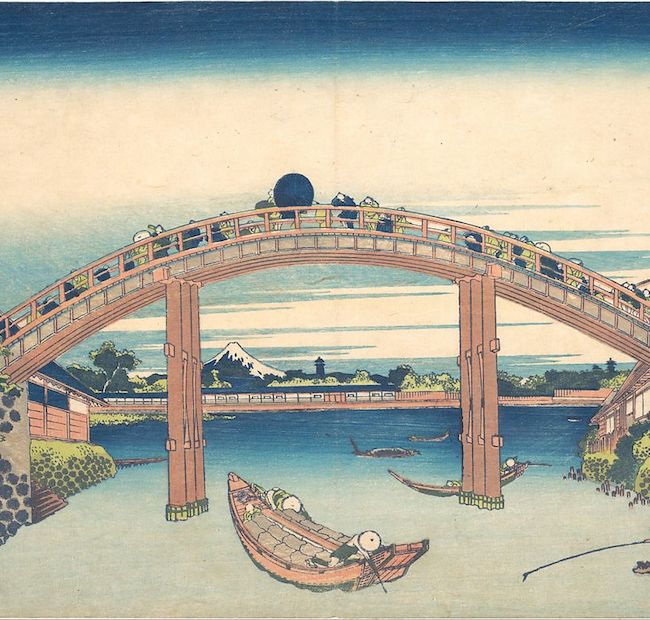
The Japanese influence on western art was established in the late 19th century during the Impressionist movement. This phenomenon became known as Japaneseism. Interest in Japanese art skyrocketed after Japan resumed trade with the West in 1853, thus introducing Europe to its goods and culture.
Impressionist artists such as Edgar Degas, Claude Monet, and James Tissot amassed large collections of Japanese art. However, some artists took inspiration more literally than others. The subject matter of Monet’s “Japanese Bridge” paintings can be directly compared to the landscapes of ukiyo-e prints, especially Hokusai’s “Under the Mannen Bridge at Fukagawa”, thus bringing a distinctly Japanese feel to the traditionally French Impressionist movement.
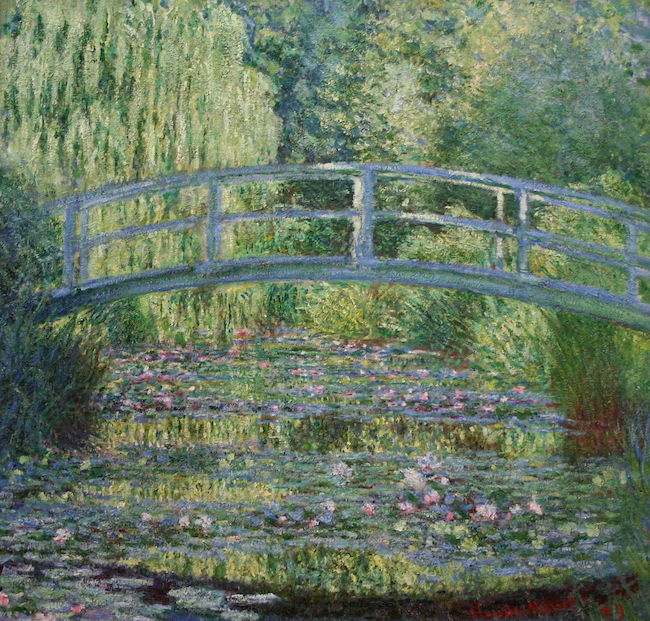
Many artists have made more subtle references to ukiyo-e prints, such as Mary Cassatt and Edgar Degas. Cassatt reinvented her signature story about women and children in the style of Japanese prints. The Japanese influence on western art is particularly evident in her print The Coiffure, which depicts a woman in the everyday activity of brushing her hair. The print is reminiscent of Kitagawa Utamaro’s Takashima Ohisa Using Two Mirrors to Observe Her Coiffure.
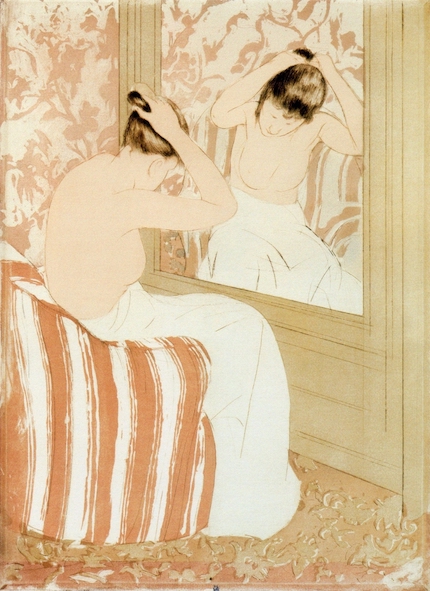
Post-Impressionism
Of course, it is impossible to talk about Japanese influence on western art without mentioning the work of Vincent Van Gogh. Japanese art made an indelible impression on him. His love of nature and the landscape depicted in ukiyo-e prints even led him to move to Arles in the south of France in search of inspiration to more faithfully recreate the style of Japanese artists.
Art Nouveau and New Inspirations
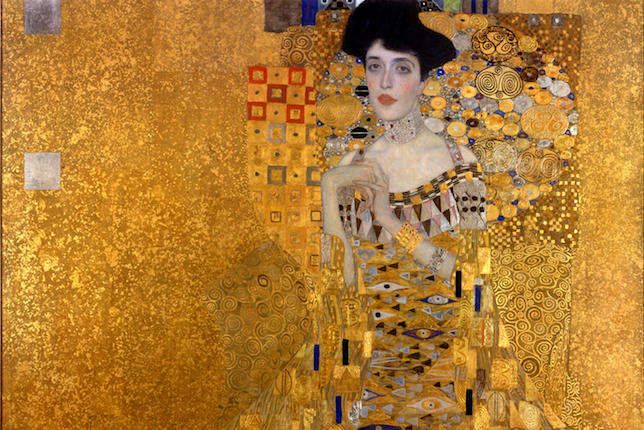
Moving on to the Art Nouveau style, Gustav Klimt was also inspired by ukiyo-e prints, evidence of which is especially visible in the intricate patterns and vibrant colors of his work. In addition, he was a great admirer of the Rinpa school in Kyoto, known for its skillful use of gold leaf backgrounds and exquisite style. Of course, Japanese influence on western art can be seen throughout Klimt’s “Golden Phase”, where his belonging to gold leaf and details manifested itself.
Abstract Expressionism and the Art of Calligraphy
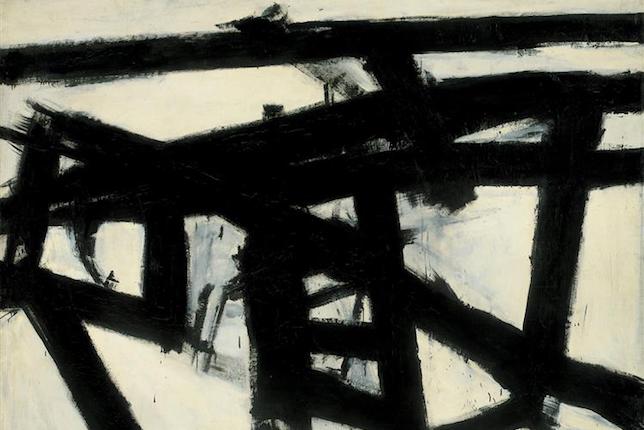
Japanese influence on western art did not stop at the turn of the century. Artists of the American Abstract Expressionist movement throughout the 1940s and 50s also looked to the East for inspiration. The two countries had a great mutual influence in the post-war years, which testifies to the penetration of Japanese culture into the collective unconscious of the time.
The Jungian theory of the collective unconscious was often referred to by abstract expressionists, as this is what they intended to express in the freedom of their work. Although this is sometimes disputed, it is generally believed that the broad strokes in the work of Franz Kline, Willem de Kooning, and Jackson Pollock were influenced by Japanese (and Chinese) calligraphy.
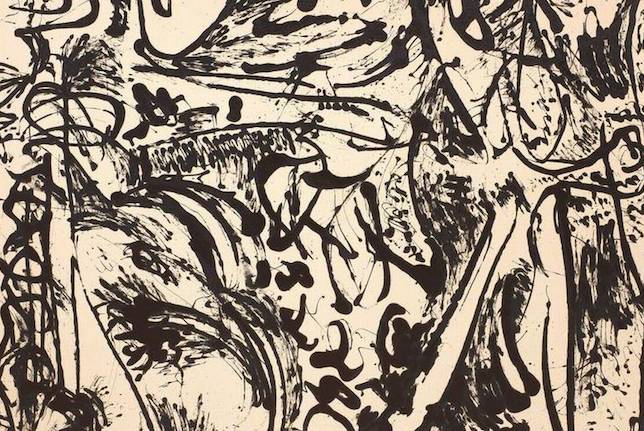
Contemporary Art and the Rise of Manga
Now it’s the turn of manga, literally meaning comics (and its animated form, anime), which are characterized by exaggerated facial expressions and bright colors. Since the mid-1990s, France has deeply appreciated Japanese manga and is currently the second-largest market in the world after Japan.
Publishers such as Glénat have produced their own manga in French, and the concept of the La Nouvelle Manga movement, which features Franco-Belgian and Japanese artists, has also emerged. It also coincided with the Pokémon phenomenon that swept the world in the 1990s, which brought the Japanese art style to the fore. This is no longer an unknown drawing style, but an element of popular culture.

Artists such as Takashi Murakami, who is one of the biggest names in contemporary art to this day, also experienced a significant rise in popularity during this period. Today, French and American artists in particular continue this art form in their own way. They take a lot of inspiration from the manga’s characters and style but combine them with Western influences.






